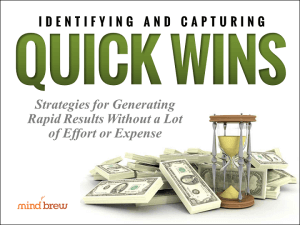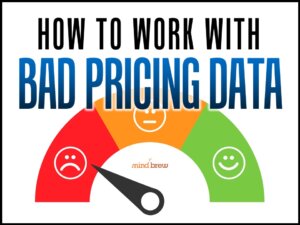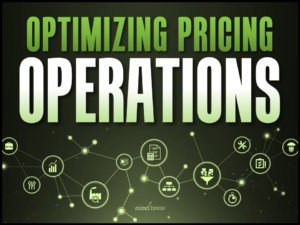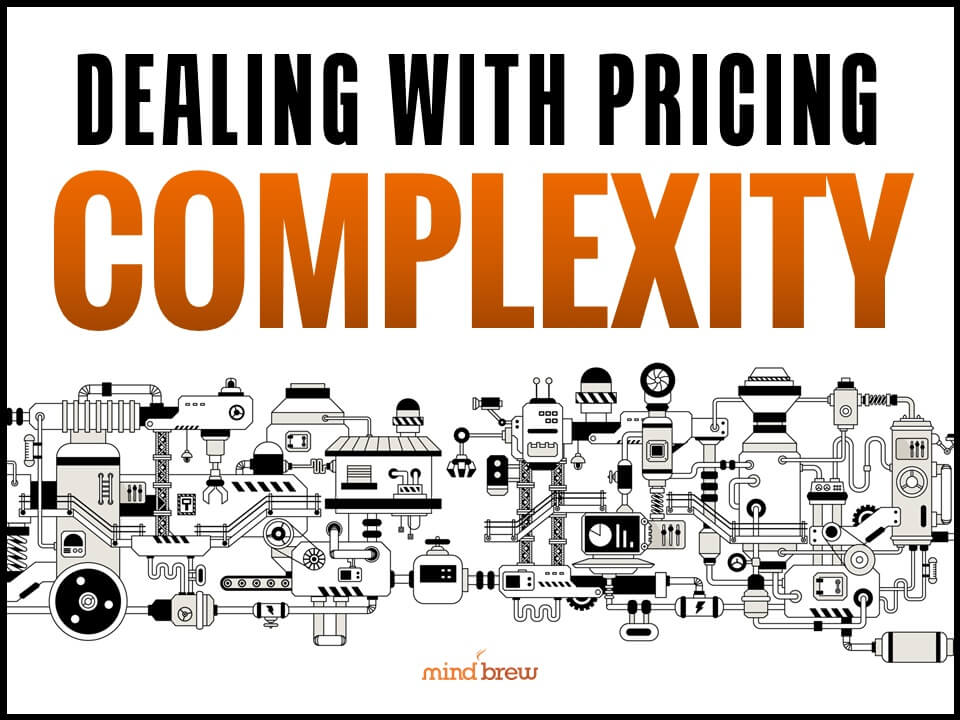We’ve all heard the saying, “You can’t teach an old dog new tricks.” And if you are a B2B pricing practitioner trying to encourage the people in your company to price better, it often feels like the sales department is made up of nothing but old dogs.
Change is hard. No matter how many times you explain how you would like them to price, salespeople often revert back to “the way we’ve always done it” when it comes time to prepare a quote.
So are your pricing efforts doomed to fail?
Of course not, but you might need to be a bit creative—or even a bit sneaky—in order to get the results you really want.
In our research, we’ve found a surprising number of organizations revert to a little trickery to get their salespeople to price appropriately. Instead of relying solely on training and incentives, they manipulate the data the sales team is using to generate prices.
Now, we can’t advocate this as a “best practice,” but it seems to be surprisingly successful and widespread.
Within your sales quoting or estimating system, you probably provide your sales team with a whole lot of data in order to give them a complete picture of the pricing situation. But salespeople may use that data in unintended ways. For example, perhaps you provide them with product cost information. In many cases, salespeople will apply a standard markup to those product costs in order to generate a quote, even though they know they are not supposed to be doing cost-plus pricing. In other cases, we’ve heard of systems that have a “best customer price” or a “market price” that is meant to be a pricing floor, but sales reps use that number to help set prices because, in their minds’, anything that beats that floor price seems “good enough.”
Here’s where the trickery comes in: Rather than continue nagging the sales team to try to get them to change their behavior, some companies just change those product cost or pricing floor numbers in the computer system. That’s right—they lie. They deliberately give their salespeople false information in order to get them to do a better job with pricing.
And in the anecdotes and case studies we’ve seen, manipulating the numbers in this way often works, especially in the short term. It can be an easy to way to make a quick difference in margins while you’re waiting for your longer-term education efforts and incentive programs to bear fruit.
We can’t say that this approach is right for every situation, but a number of B2B firms have found it efficient and effective. You might not be able to get those old dogs in the sales department to learn a new trick, but if you’re willing to be a little sneaky, you might be able to get them to do their old tricks in a way that achieves the results you want.
You can learn more about this tactic and other fast ways to improve margins in the webinar “Identifying and Capturing Quick Wins.” It includes 15 different methods that innovative pricing teams are using to improve margins without a lot of fuss.














